1.Dahna's Kimchi ingredients
- The main vegetables in Dahna's Kimchi are napa cabbage and radish.
- Dahna makes her kimchi seasoning with Korean red chili powers, green onions, garlic, ginger, red jalapeno, red bell peppers, onions, tomatoes, freshly squeezed apple juice, fish sauce made from anchovies, salted small shrimps and broth made by boiling anchovies and vegetables. All of this is sourced from Nature.
- Dahna makes the seasoning using the freshest locally sourced ingredients whenever possible and organic produce grown in her backyard.
- Dahna's kimchi does not contain added seasonings like sugar or MSG.
- That's why Dahna's Kimchi is sincerely made food.
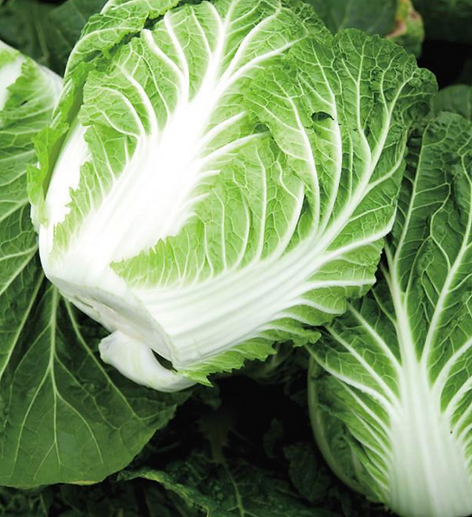
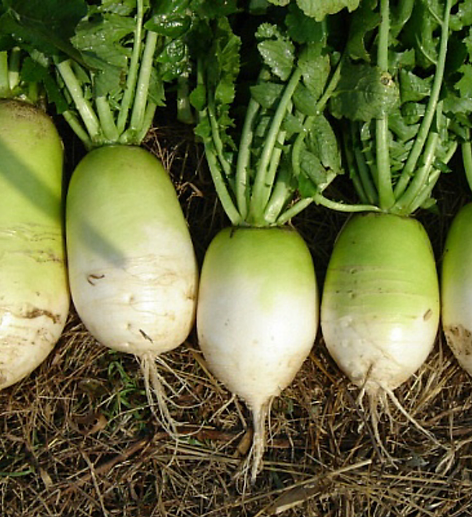
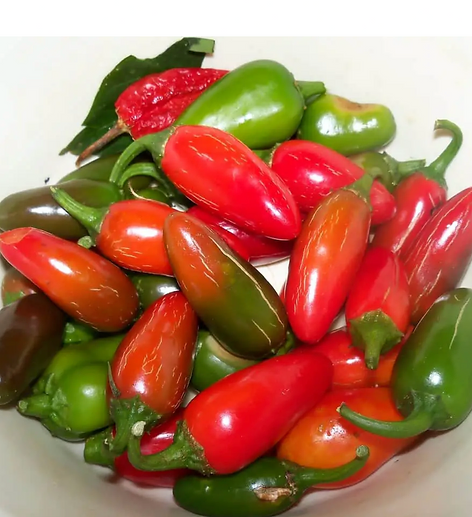
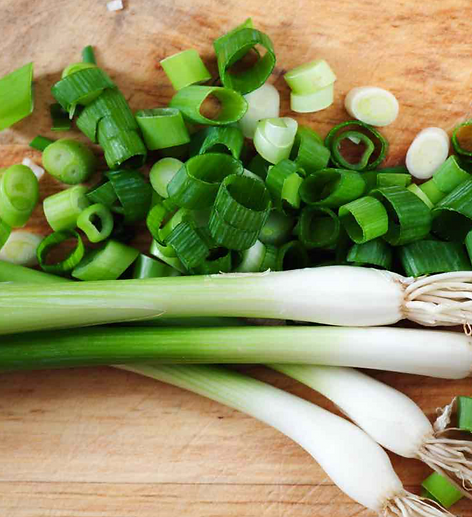
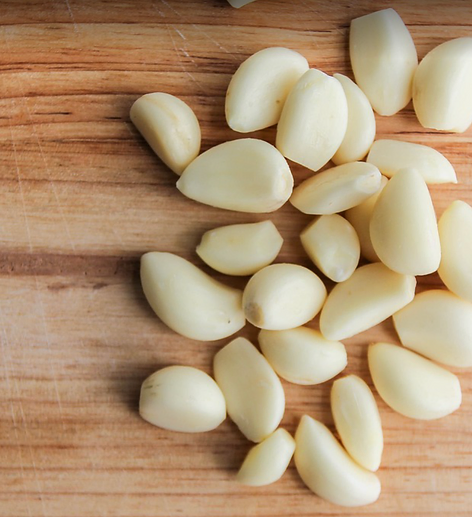
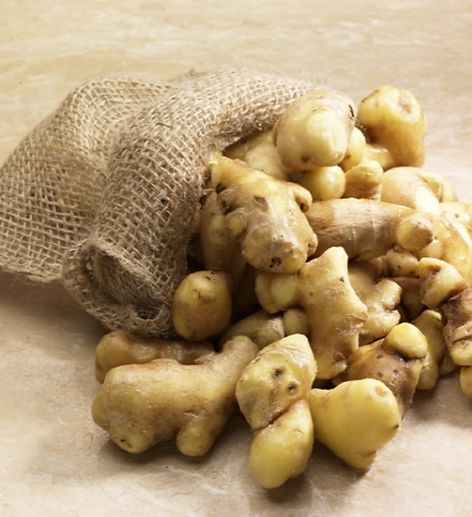
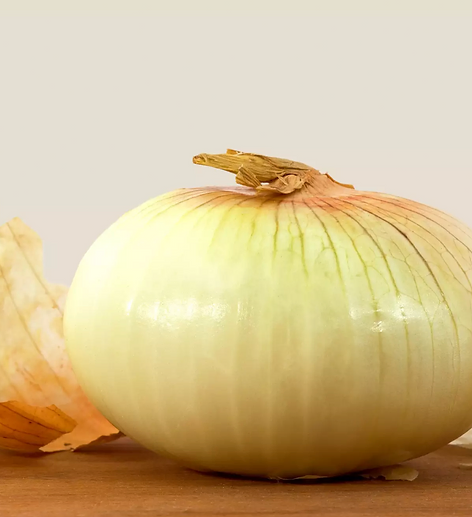
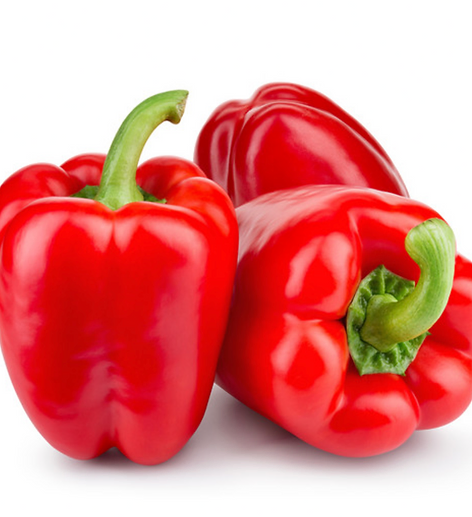
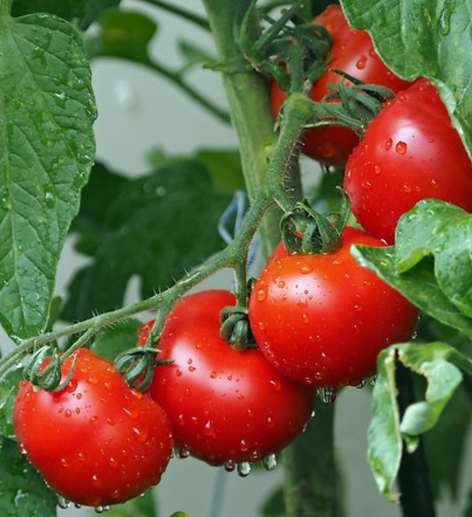
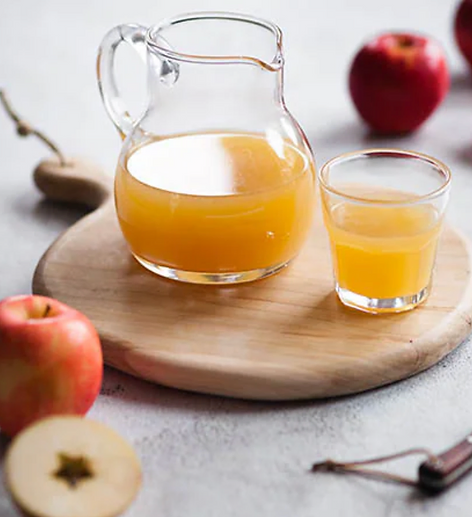
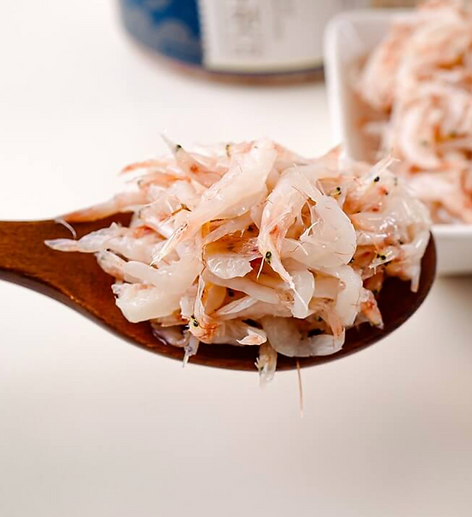

2.When kimchi is perfectly fermented.
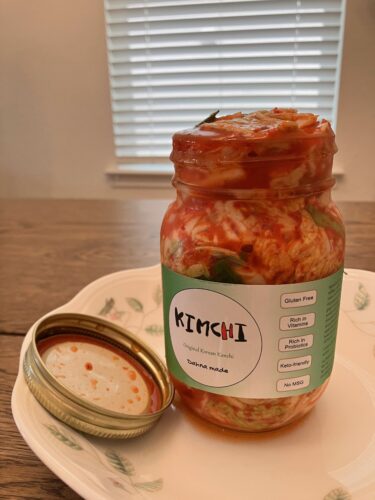
- If you make kimchi and store it in a regular refrigerator(35.6~40 F)(2~5 C), it typically reaches its best flavor after 2 to 4 weeks. In a kimchi refrigerator(30.2~35.6 F)(-1.0~2 C), the fermentation process slows down, and the kimchi reaches its peak flavor in about 3 to 6 weeks. Kimchi that has been fermented at a lower temperature tastes better. Well-fermented kimchi has a refreshing, tangy, and slightly fizzy flavor. At this stage, it contains the highest amount of probiotics.
- If you open a jar of kimchi that has been fermenting for about a month and hear a pop sound while the liquid overflows, as shown in the picture on the left, don't be too surprised. This is a clear sign that the kimchi has fermented well. The top layer, which has been exposed to air, may be slightly more sour, but the inside is likely to be perfectly fermented. From my years of experience, I know that at this stage, the kimchi will have a refreshingly tangy and mouthwatering taste.
- If your kimchi has become too sour to eat as is, don't throw it away! you can separate some of the brine and use the kimchi to make dishes like kimchi pancakes, kimchi stew, or kimchi fried rice. These dishes have a deeper and richer flavor when made with aged kimchi compared to fresh kimchi.
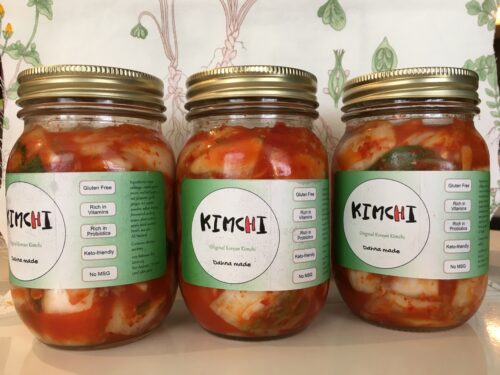
- When you bought fresh kimchi,
- If you want to eat well-fermented kimchi
- At room temperature (59F to 77F ),
- If you leave the kimchi out for 5 to 12 hours or up to a day (depending on room temperature), then refrigerate it, it will ferment faster. And keep in mind, kimchi keeps fermenting until it's all gone.
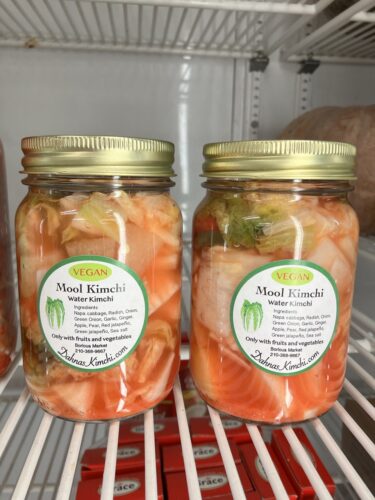
- Mool kimchi (water kimchi)
- Dahna's Mool-kimchi is made only with fruits and vegetables.
- It's widely known that Mool-kimchi broth contains significantly more probiotics than regular kimchi.
- So when you have Mool-kimchi as a side dish with your meal, you may notice that it helps with digestion. Of course, regular kimchi does the same.
- Kombucha kind of tastes like mool-kimchi broth, but mool-kimchi has a richer and more layered flavor because it uses more types of fruits and vegetables.
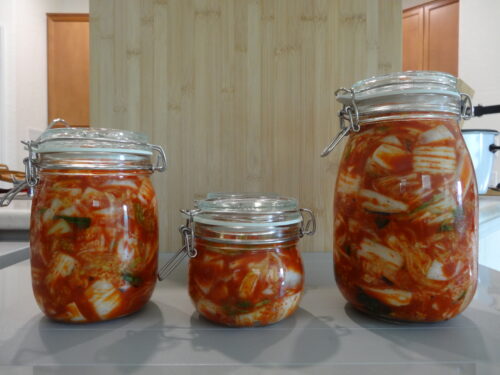
- How to enjoy kimchi from begining to end.
- Gently push aside the top layer of kimchi that's been exposed to air, and take some from underneath where it's fully submerged in the brine.
- After serving some kimchi, cover it again with the top layer you set aside and gently press it down with spoon to keep it submerged in the brine.
- I save leftover kimchi and use it later for dishes like kimchi fried rice or kimchi stew.
- The bigger the jar of kimchi, the more important it is to take it out this way to enjoy it all the way to the end. If you always scoop from the top, you'll miss out on the best parts and end up eating only the less flavorful kimchi.